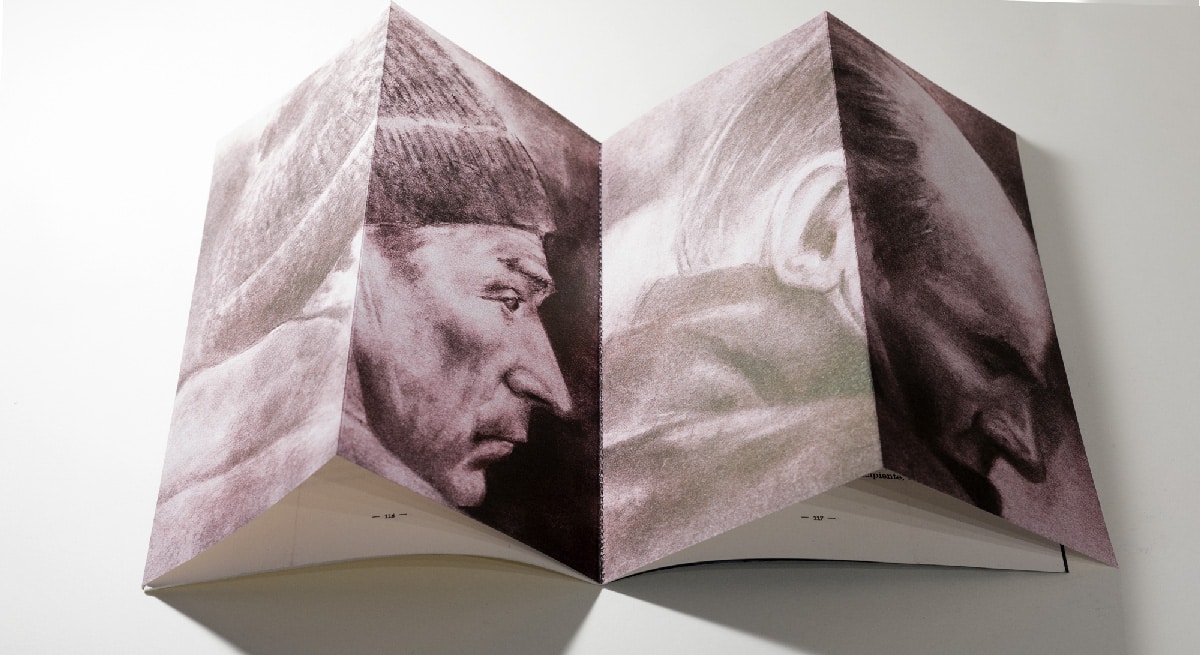Madrid, 5 (Europe Press)
In addition, new research shows that Troodon laid 4 to 6 eggs per clutch. Nests with up to 24 Troodon eggs were found, scientists concluded that several Troodon females laid their eggs in communal nests.
An international team of scientists led by Mattia Tagliavento and Jens Fiebig of Goethe University in Frankfurt, Germany, examined the calcium carbonate of some well-preserved Troodon eggshells.
The researchers used a method Fiebig’s group developed in 2019 called “isotope dual-mass thermometry.” Using this method, they were able to measure how closely the heavy isotopes of oxygen and carbon clump together in carbonate minerals. The prevalence of isotopic mass composition, which depends on temperature, has made it possible for scientists to determine the temperature at which carbonates crystallize.
By analyzing the eggshells from Troodon, the research team was able to determine that the eggshells were produced at temperatures of 42 and 30 degrees Celsius. “The isotopic composition of Troodon eggshells provides evidence that these extinct animals had a temperature of 42°C, and that they managed to reduce it to around 30°C, like modern birds,” Mattia Tagliavento, lead author of the study, explains in a statement.
The scientists then compared the isotopic compositions of the eggshells of reptiles (crocodiles, alligators, and several species of turtles) and modern birds (chicken, sparrow, wren, emu, kiwi, cassowary, and ostrich) to understand whether Troodon was closer. birds or reptiles. They revealed two different isotopic patterns: Reptile eggshells have isotopic compositions that are proportional to the temperature of the surrounding environment. This goes along with the fact that these animals are cold-blooded and form their eggs slowly.
However, the birds leave a recognizable non-thermal fingerprint in the isotopic composition, indicating that eggshell formation occurs very rapidly. Tagliavento: “We think this high rate of production is related to the fact that, unlike reptiles, birds have only one ovary. Since they can only produce one egg at a time, birds have to do it more quickly.”
By comparing these findings to Troodon eggshells, the researchers didn’t discover the typical isotopic composition of birds. Tagliavento is convinced: “This indicates that Troodon formed its eggs in a manner more comparable to modern reptiles, and means that its reproductive system was still composed of two ovaries.”
The researchers eventually combined their findings with existing data on eggshell and body weight, and concluded that Troodon produced only 4 to 6 eggs at each reproductive stage. “This observation is particularly interesting because Troodon nests are usually large, containing up to 24 eggs,” Tagliavento explains. “We think this is a strong suggestion that Troodon females laid their eggs in communal nests, a behavior we see today among modern ostriches.”

:quality(70)/cloudfront-us-east-1.images.arcpublishing.com/metroworldnews/55CKG6M6FRDJ7E7MLDWTE37DRI.jpg)



